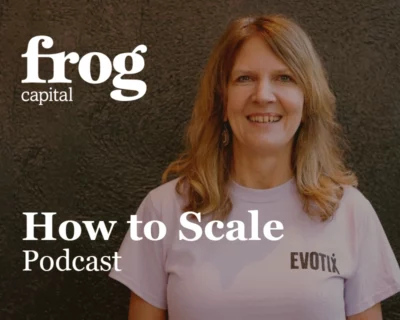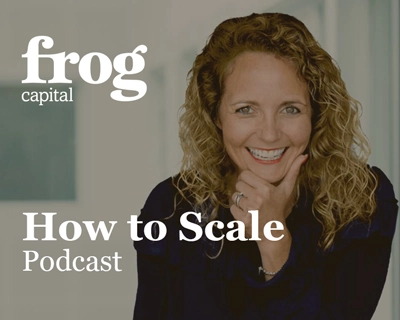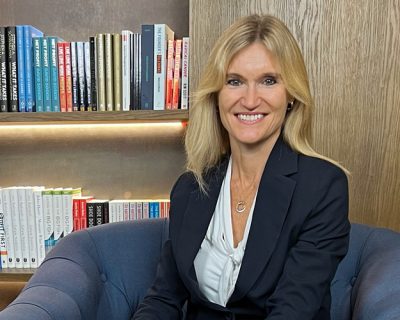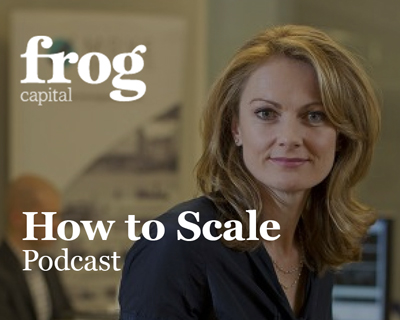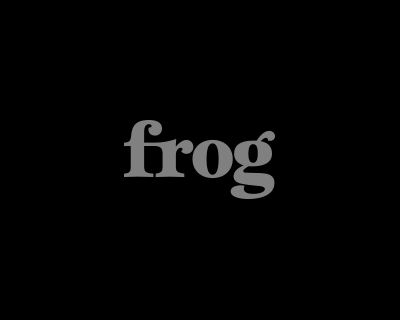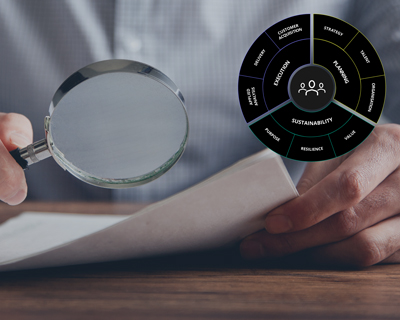This article is part of a wider series of content and events called, ‘Realising Potential’. The full brochure is available by clicking the images below.
Growth equity has been through multiple cycles since its emergence as an independently recognised asset class / private equity strategy in the 1980s and emerged strongly. Frog is seeing such patterns through COVID. Growth equity remains a strong consideration for investment managers, whose biggest concern remains compensating for diminishing buyout returns without additional capital at risk. Recent data from LGT Capital shows that private equity managers’ performance and consistency at providing returns of between 2-3x is declining. Less than 1 in 5 private equity investments today returns between 2-3x cost. After the 2001 crisis, private equity managers returned on average between 2.5-3x but following the Global Financial Crisis (GFC) that had declined to just 2x.
Growth equity backs businesses with product market fit, sustainable business models (profitable or clear path to profitability), strong capital efficiency and low/no leverage, and high revenue growth. This makes them more resilient during crises and able to capture the upside opportunities from a strong position coming out.
Click to read this article in Frog’s brochure:



Cyclical growth
Through the dotcom crisis and the GFC growth equity has outperformed. Between 1998 and 2008, growth equity funds generated 12.7% net IRR vs. 6.9% from venture capital and with much less risk, with capital loss ratio of 13.4% compared with 35.4% for venture capital. Growth equity offers significant upside with comparable risk to buyout. This was also a clear outcome of the 2008 global financial crisis (‘GFC’). Between 2008 and 2018, growth equity generated 13.0% net IRR vs. 10.2% for venture capital and with a capital loss ratio of 13.7% vs. 32.7% for venture capital.
Growth backed companies grew quicker through the GFC, with average annual revenue growth of 17.1% and 4.0% in 2008 and 2009, compared with 5.0% and -6.1% for buyout and 5.4% and -7.8% for public companies. They then grew more quickly coming out of the crisis. Between 2008-17, during the recovery period following the GFC, growth backed businesses generated average annual revenue growth rate of 17.2% – more than 2x buyout companies and 3x public companies.
Given the unprecedented nature of the crisis – a pandemic causing a temporary and potentially longer-term rebalancing in the economy and not a financial crisis – certain sectors have performed well (i.e. software), while others have suffered (i.e. travel & hospitality). While some of Frog’s portfolio of software companies have outperformed due to COVID, the majority have also grown positively through 2020. Generally, those businesses with lower capital expenditure, higher gross margins and profitable unit-economics that can grow sustainably have endured. Moreover, without the additional burden of debt, growth backed companies are in a better position to adapt, and now capitalise upon the high-growth opportunities that will emerge coming out of the crisis.
The importance of operational expertise
Leading factors behind growth’s performance through crises are operational expertise and specialist investment focus (i.e. software / growth). Cambridge Associates recently underlined the importance of post-investment value-add capabilities to maximise the value and potential of companies, as well as minimise risk. This included providing advice, making introductions and supporting in key areas such as talent, customer acquisitions, strategy and funding.
Realising Potential
Frog Capital is the operational expert in software growth equity investment. To learn more about Frog download our brochure by clicking on the image below.



To come to Frog’s next event, click here.




